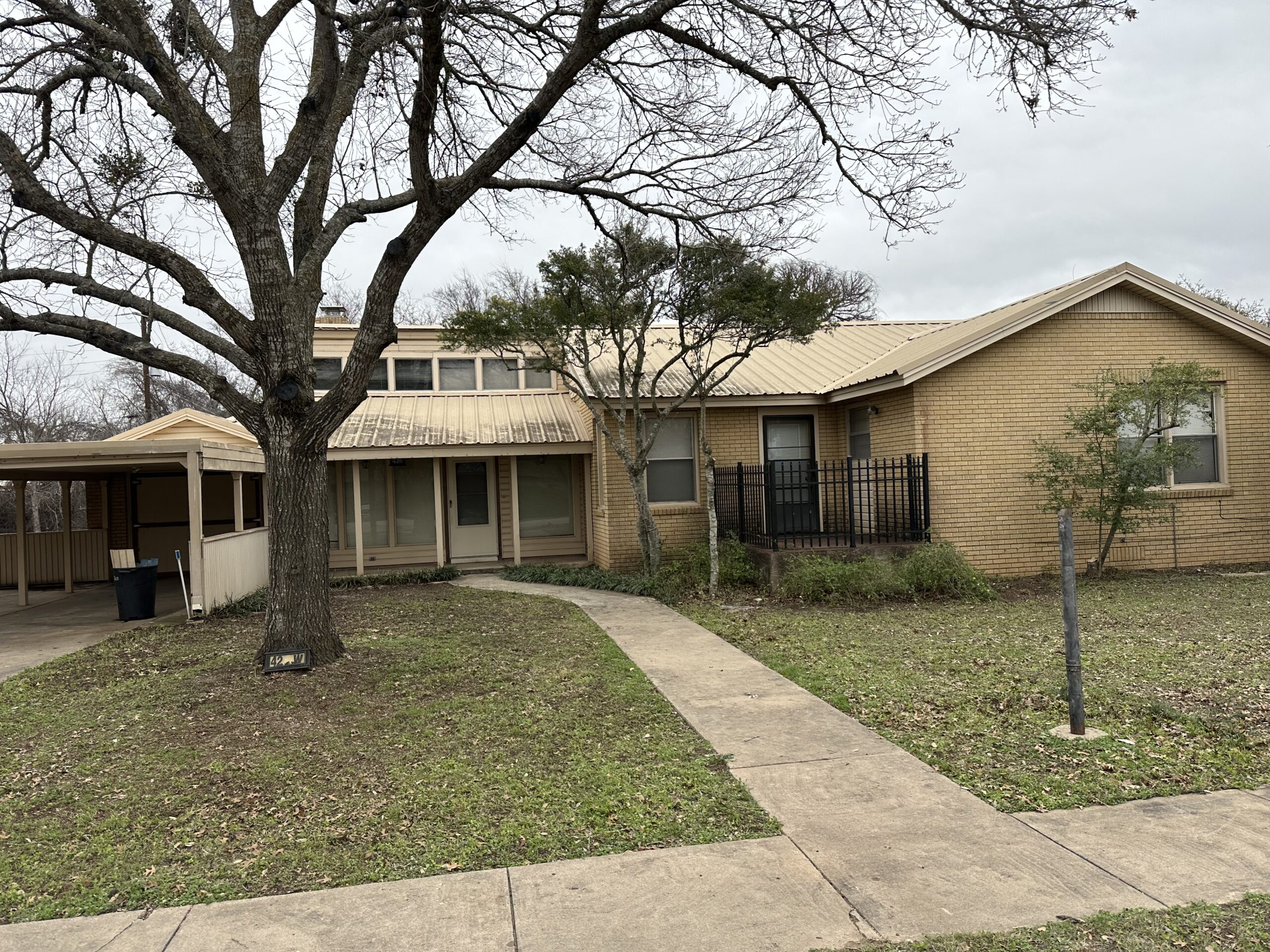
Ensuring healthy, safe trees in Cedar Park relies on engaging a professional arborist who offers certified tree care, removal, pruning, and oak wilt treatment tailored to Central Texas conditions.
Homeowners often face hazards from diseased or storm-weakened trees that threaten property and safety.
This guide outlines the role of a certified arborist, explores expert removal protocols, highlights premier pruning strategies, delves into oak wilt diagnosis and treatment, and clarifies when emergency services become essential.
A certified arborist in Cedar Park provides specialized tree management by leveraging ISA credentials and deep knowledge of local species. They perform detailed inspections, diagnose structural and health issues, and implement tailored care plans that enhance tree resilience. Engaging a certified specialist ensures compliance with industry standards and promotes long-term landscape value.
ISA certification guarantees an arborist’s expertise in tree biology, safety protocols, and environmental stewardship. Earning this credential requires comprehensive training, periodic recertification, and adherence to best practices for pruning, disease control, and removal. Homeowners gain confidence knowing their trees receive care that reduces risk, optimizes growth, and protects property investments.
These certification-driven standards set the stage for a full spectrum of tree health services available locally.
Certified arborists deliver a suite of health-focused services that sustain vibrant urban canopies.
They conduct risk assessments, monitor soil and nutrient levels, and deploy targeted treatments for pests or pathogens.
Using advanced diagnostic tools and precise interventions, they counter threats such as oak wilt and invasive insects.
Before detailing these offerings, consider the primary services provided:
These services form a comprehensive program for sustaining robust tree health in Cedar Park yards.
Tree removal in Cedar Park involves a methodical process that prioritizes safety, property protection, and environmental care. Experts assess hazards, plan rigging systems, and execute removals in sections to prevent damage. Adhering to professional standards ensures efficient and secure removal of compromised trees.
Tree removal becomes necessary when a specimen poses safety risks, exhibits irreversible disease, or suffers severe storm damage. Removing such trees prevents structural harm and preserves surrounding vegetation, especially following Central Texas windstorms.
For example, a cedar elm with a split trunk can endanger roofs and overhead utilities if not addressed promptly.
Recognizing these triggers guarantees timely intervention and safeguards property.
Tree trimming and pruning services in Cedar Park focus on structural integrity, aesthetic enhancement, and disease prevention. Arborists assess canopy balance, remove deadwood, and thin congested branches to improve light penetration. These practices boost tree health and elevate property appearance.
Pruning eliminates dead or excess limbs, enhances air circulation, and directs healthy growth for structural stability. By reducing disease spread and storm-damage risk, pruning promotes longer tree lifespans and heightens curb appeal. Selective thinning of live oaks, for instance, balances canopy weight and minimizes limb failure hazards.
These improvements translate into healthier, more valuable landscapes.
The optimal pruning window falls during late winter dormancy through early spring bud break, typically January to March. Dormant-season pruning reduces sap loss, deters pests, and encourages vigorous spring leaf-out.
Certain species, like oaks, also benefit from summer pruning after leaf development to minimize pathogen entry.
Adhering to seasonal timing safeguards tree health and maximizes pruning benefits.
Oak wilt is a lethal fungal disease affecting Quercus species that requires prompt identification and intervention. Early detection hinges on recognizing leaf discoloration, vascular streaking, and rapid canopy decline. Effective treatment curbs spread and protects healthy stands.
Oak wilt manifests as browning or bronzing leaf edges, wilting during late spring, and distinctive dark streaks in sapwood.
Canopy thinning often precedes full defoliation, while fungal mats may form beneath bark in red oaks.
Monitoring these early indicators empowers rapid diagnosis and response.
Certified arborists offer multiple interventions to manage oak wilt effectively. Systemic fungicide injections slow disease progression by targeting the pathogen within vascular tissues. Root trenching interrupts underground grafts that spread the fungus between trees. In advanced cases, selective tree removal isolates infection and safeguards nearby oaks.
Below is an overview of treatment modalities:
Combining these methods offers a comprehensive oak wilt management strategy for Cedar Park landscapes.
Emergency tree services in Cedar Park deliver rapid response to storm damage and urgent hazards. Certified crews assess risks, establish safe work zones, and deploy heavy-duty equipment to clear debris. Immediate intervention prevents further property loss and restores safe conditions.
Emergency teams operate around the clock to remove fallen trees, stabilize hanging limbs, and clear blocked driveways. They employ chain saws, cranes, and secure rigging to manage hazardous debris promptly. These services reduce secondary damage and ensure public safety during severe weather episodes.
These immediate interventions mitigate risk and restore safety for Cedar Park residents.
Emergency arborists begin with a rapid risk assessment to identify unstable trees or branches. They secure controlled work areas, coordinate with utility providers, and apply precision cutting techniques. This structured approach accelerates recovery, minimizes downtime, and protects people and property.
By following systematic protocols, emergency teams deliver efficient, secure solutions that restore normalcy after tree-related crises.
Engaging a certified arborist in Cedar Park ensures expert care for every tree need—from routine health assessments to urgent storm response and targeted disease treatments. For professional guidance and reliable service, contact a local ISA-certified arborist team today.